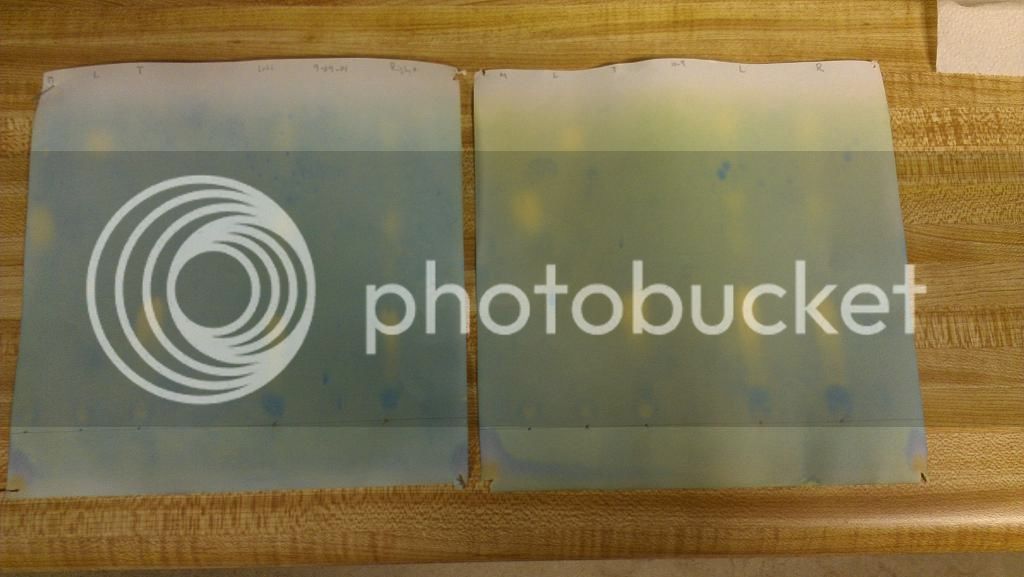I had my Wyeast MLB poop out on my Chilean wine this spring so for the fall I am going with VP41. I got the 1 step version of it for $11 @ Ritebrew vs. $30+ for the direct innoculation version. Rehydration procedure seems pretty straight forward, I think my only question at this time is the instructions say the wine I'm using to grow up the culture should have a pH > 3.5. I don't have my grapes and juice yet but I think there is a likelihood that the pH will be lower than that. What's the best way to get the pH up? Cut the wine with some water? Add bicarbonate or the like to raise the pH?
Scott Labs instructions:
http://www.scottlab.com/uploads/documents/downloads/64/LallemandQuickBuild-Up.pdf
As always, advice or tips from folks who have done this before is appreciated!
Scott Labs instructions:
http://www.scottlab.com/uploads/documents/downloads/64/LallemandQuickBuild-Up.pdf
As always, advice or tips from folks who have done this before is appreciated!






